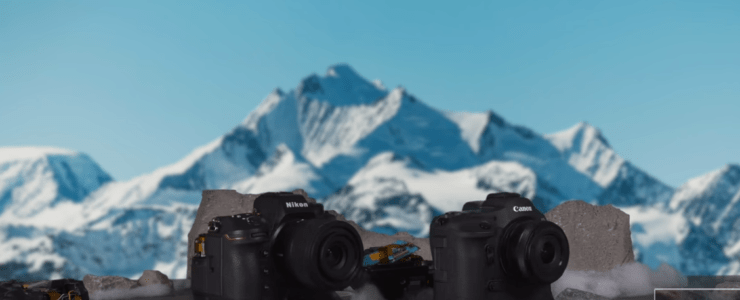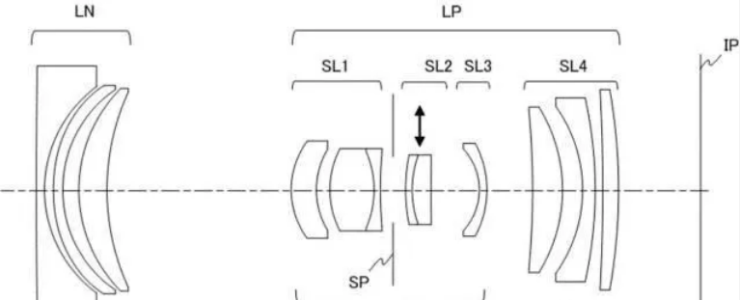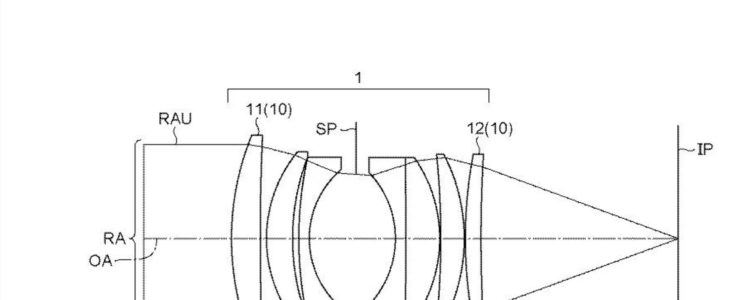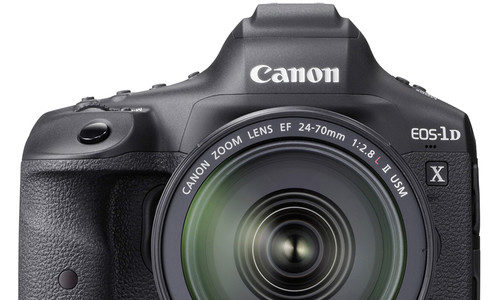A rather comprehensive Canon EOS R3 review and walk-through.
Canon EOS R3 at a glance:
- 24MP Full-Frame Stacked BSI CMOS Sensor
- Dual Pixel CMOS AF II, Eye Control AF
- 6K60 Raw and 4K120 10-Bit Internal Video
- 30 fps E. Shutter, 12 fps Mech. Shutter
- 5.76m-Dot EVF with 120 fps Refresh Rate
- 3.2″ 4.2m-Dot Vari-Angle Touchscreen LCD
- Sensor-Shift 5-Axis Image Stabilization
- Multi-Function Shoe, Built-In Vert. Grip
- CFexpress & SD UHS-II Memory Card Slots
- Wired LAN and 5 GHz Wi-Fi Support
Gerald Undone talks five features in his EOS R3 review he thinks are a big step forward for Canon and five things that in his opinion still need improvement. Enjoy.
You can download the Canon EOS R3 user manual from Canon. Or you might read it online. A technical brochure about the EOS R3 is available. You can watch the EOS R3 live-stream again here. More EOS R3 review stuff is listed here. We put together some interesting videos about the EOS R3, listed here. Be sure to check Gordon Laing’s in-depth review of the EOS R3, part 1 and part 2. Oh, and don’t forget to listen how the R3’s 30fps sound. Canon EOS R3 product description after the break.
Order in the USA ($5,999):
B&H Photo | Adorama
All Canon EOS R3 world-wide order links:
America: B&H Photo, Adorama, Amazon USA, Amazon Canada, Canon Canada, Canon USA
Europe & UK: Amazon DE, Amazon UK, Amazon IT, Canon IT, WEX Photographic, Canon FR, Canon UK, Canon DE






